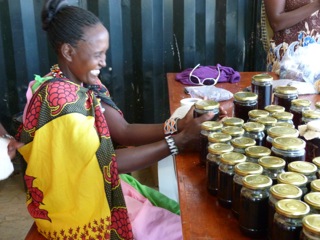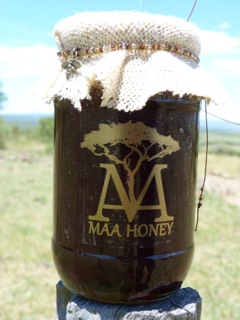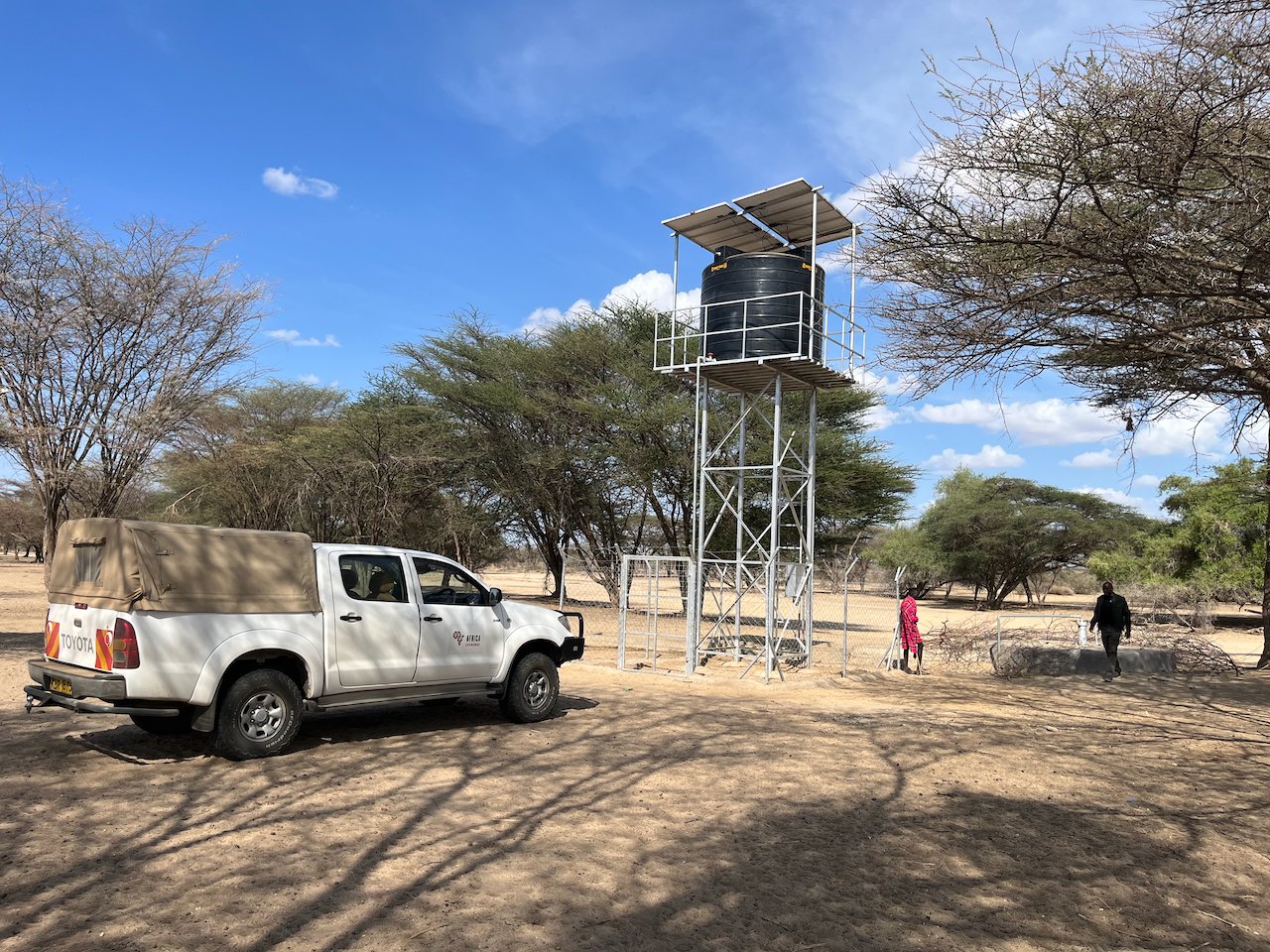
BLOG
Our latest accomplishments, progress reports, & musings.
Environmental Impact Tour
In July of 2017, Africa Exchange partners with the Cooperative Baptist Fellowship to advocate for environmental conservation and creation stewardship during a planned 2 week tour of 5 ecosystems in Kenya. Students and young leaders drawn from across the fellowship will immerse themselves in the culture and context of each ecosystem to celebrate biodiversity and learn methods of advocating for greater awareness of the global environmental challenges we face. Contact us here for more information.
Scholars Aim High!
Thanks to the generous support of partners, the Africa Exchange Scholars program is able to provide opportunities for secondary education to select students who began their education at one of our 8 Integrated Child Development Centers scattered around Kenya. One exceptional student from each community who has successfully completed primary school is selected by each ICDC committee and confirmed by Change for Children coordinator Mark Okello. That student is then provided a full four year secondary school scholarship to attend one of several provincial or national boarding schools.
This November, all 7 current students gathered in Nairobi for a two day outing including a trip to the top of the Kenyatta International Conference Center. Change for Children Coordinator, Mark Okello, led the group as they visited cultural sites, ate and met and reflected together and generally had a great time. Congratulations to each of these for the progress so far and we look forward to adding to their number next year!
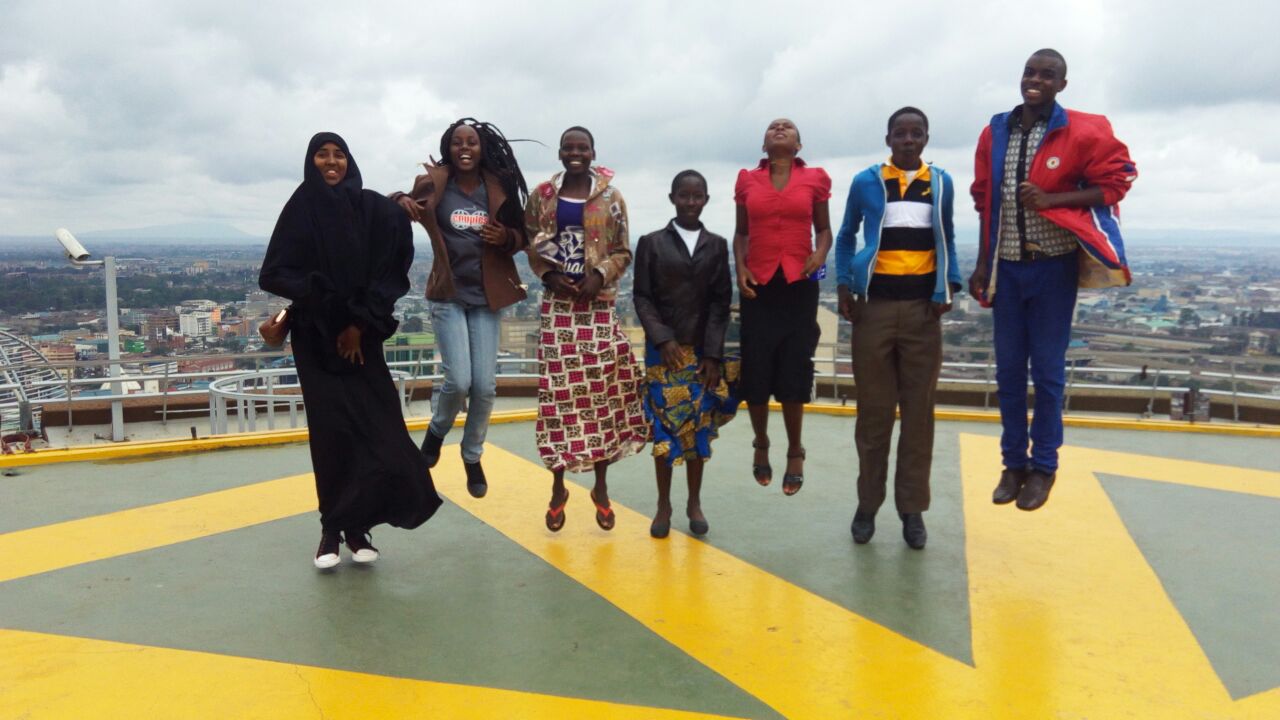
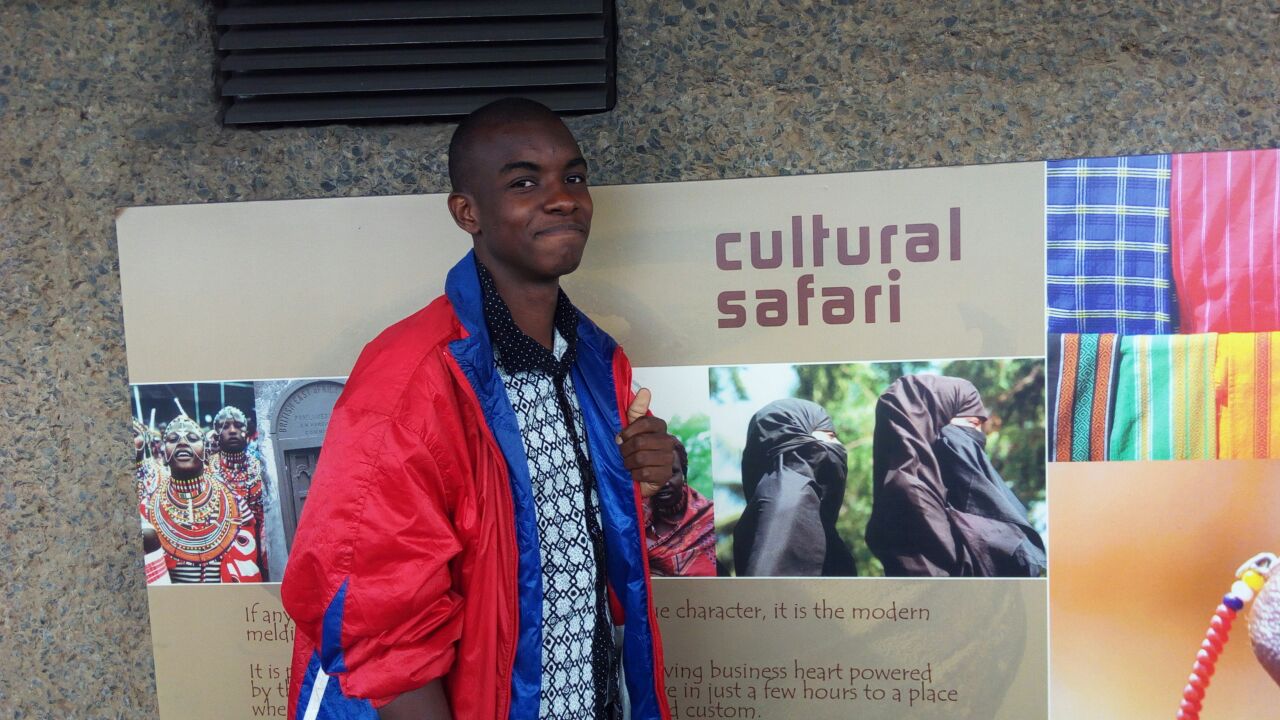
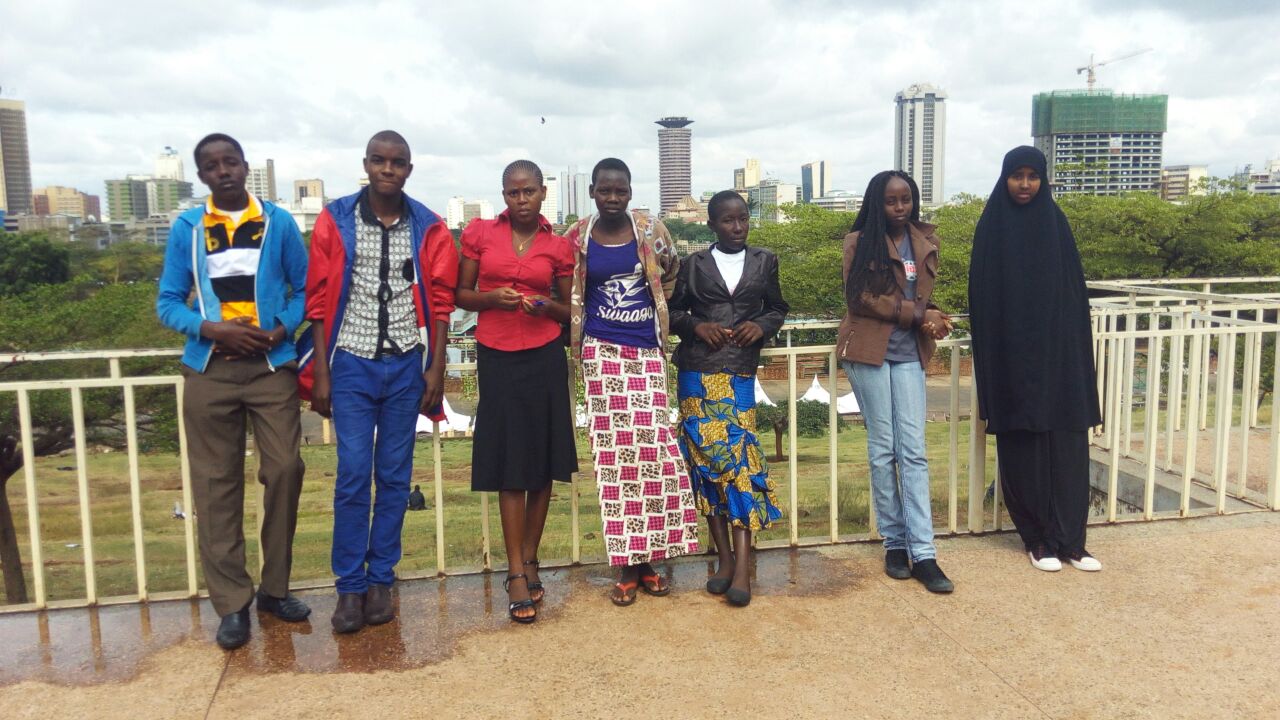
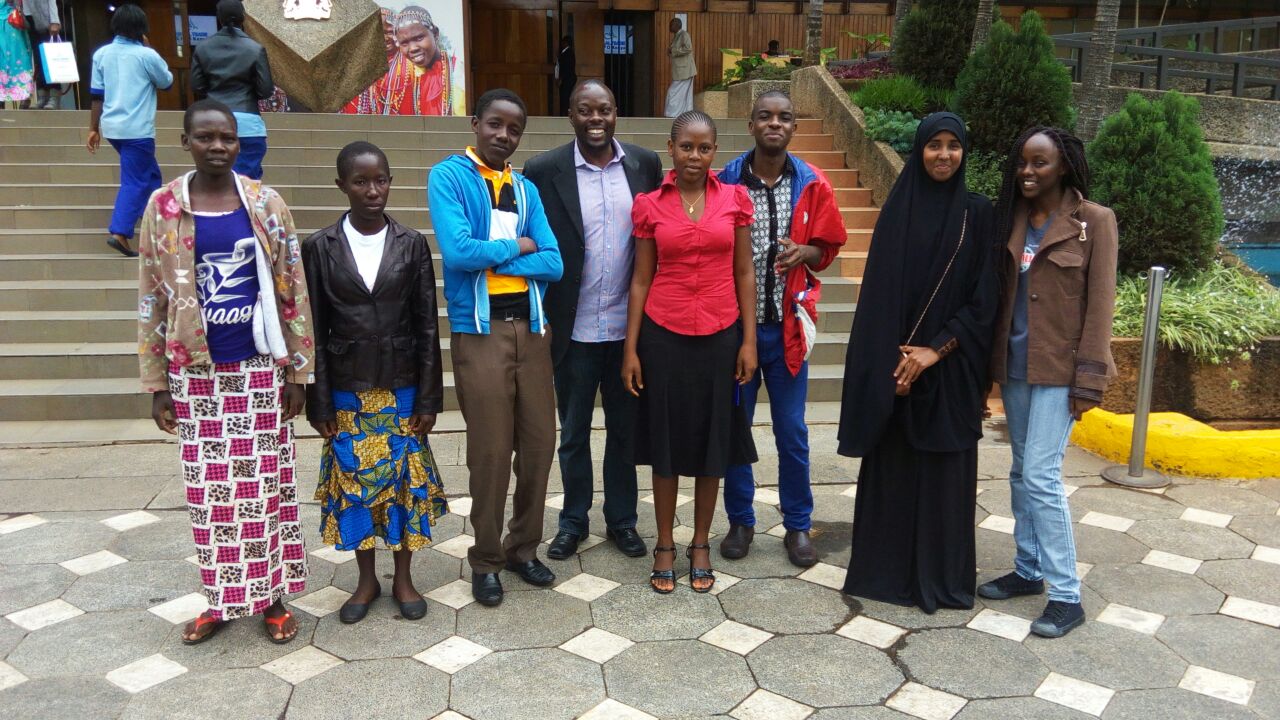
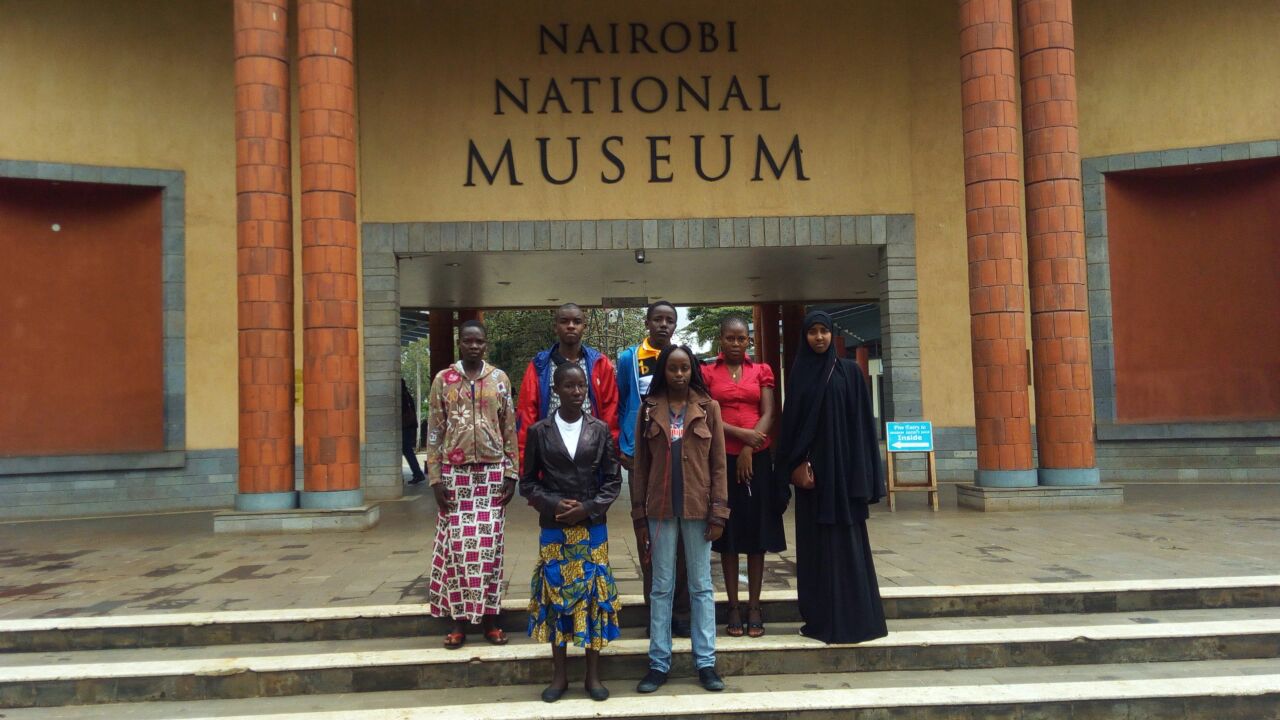
Maa Honey for Maa Trust
Since our donation of extensive honey production equipment in 2015, The Maa Trust and the women they work with have successfully harvested approximately 50kg of honey, all of which sold out immediately to camps throughout the Mara!
The acacia trees are now starting to bloom again and the 74 women who make up this cooperative are now eagerly awaiting their next harvest in August.
With additional support of 60 supers this year, the women are now able to immediately replace suppers when they are collected, and in some cases put two suppers per hive to allow for double yield.
Previously the hives were located in community areas, but this proved troublesome, as it was hard for Trust employees to access, maintain and protect the hives. Consequently hives were moved into the conservancies at easy-to-monitor locations that provide security and short distances for the bees to fly to pollinate the abundant flowering trees and plants.
For the The Maa Honey Collective, life is sweet!
Internship with Orkonyi Welfare Association, Loita Hills
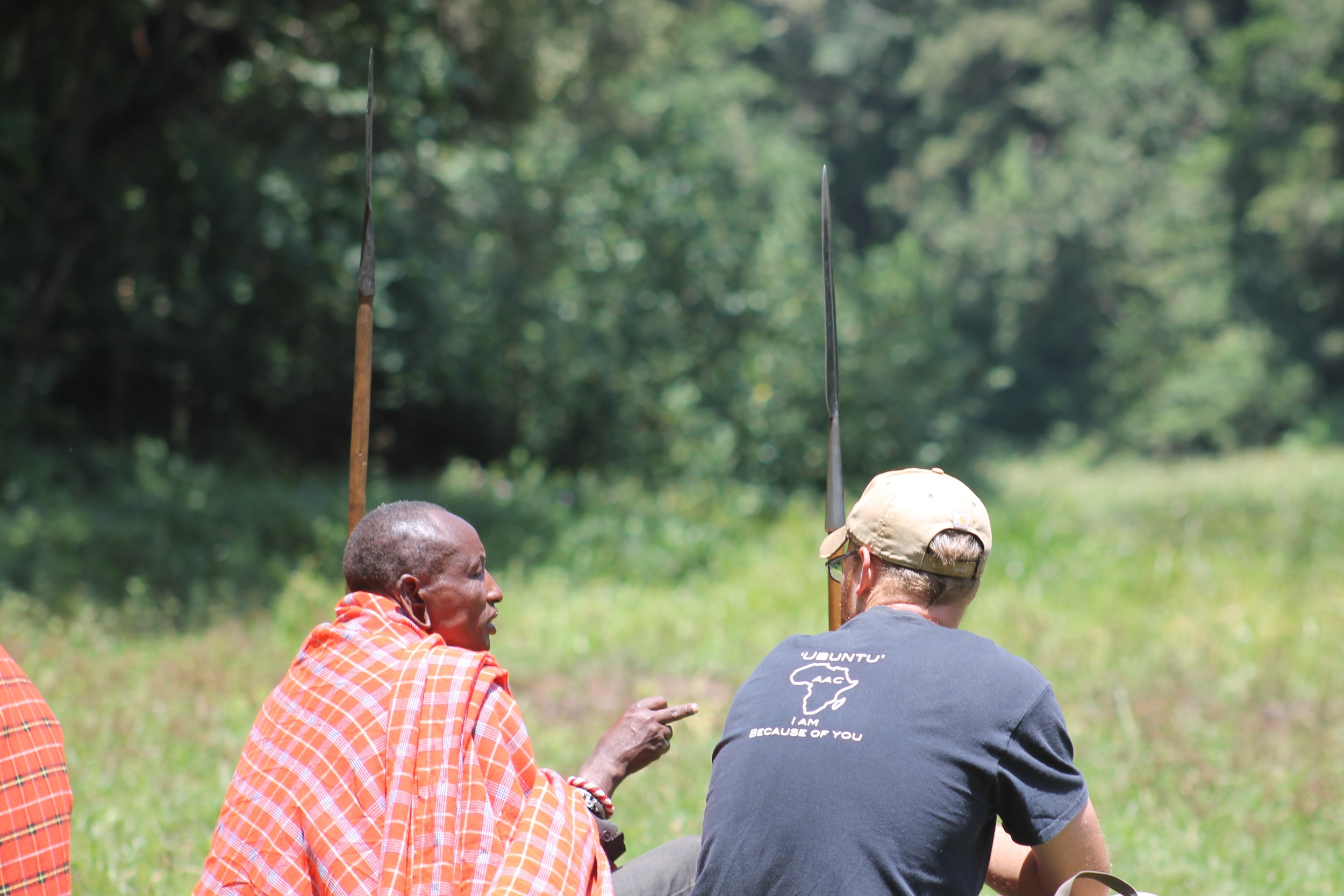
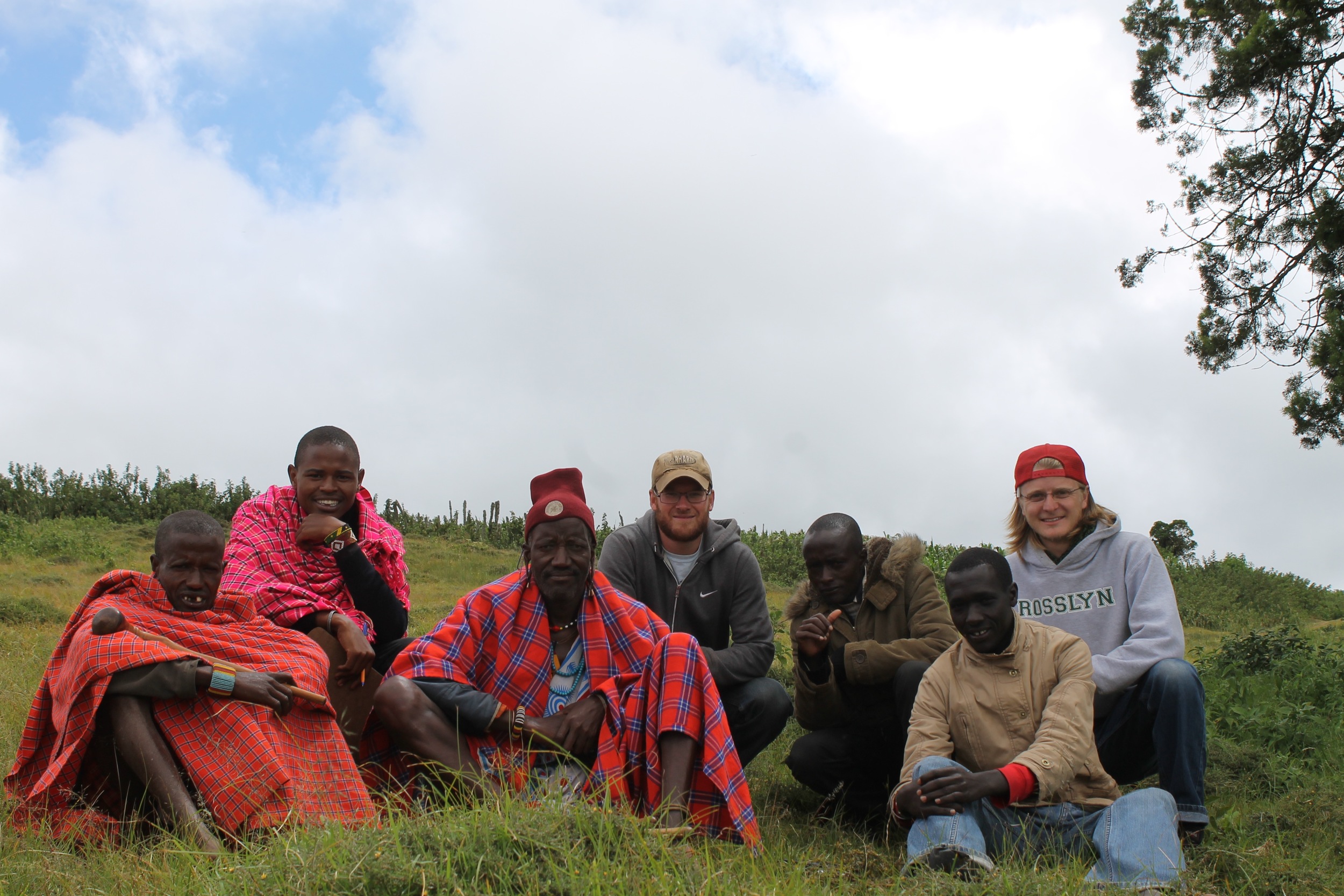
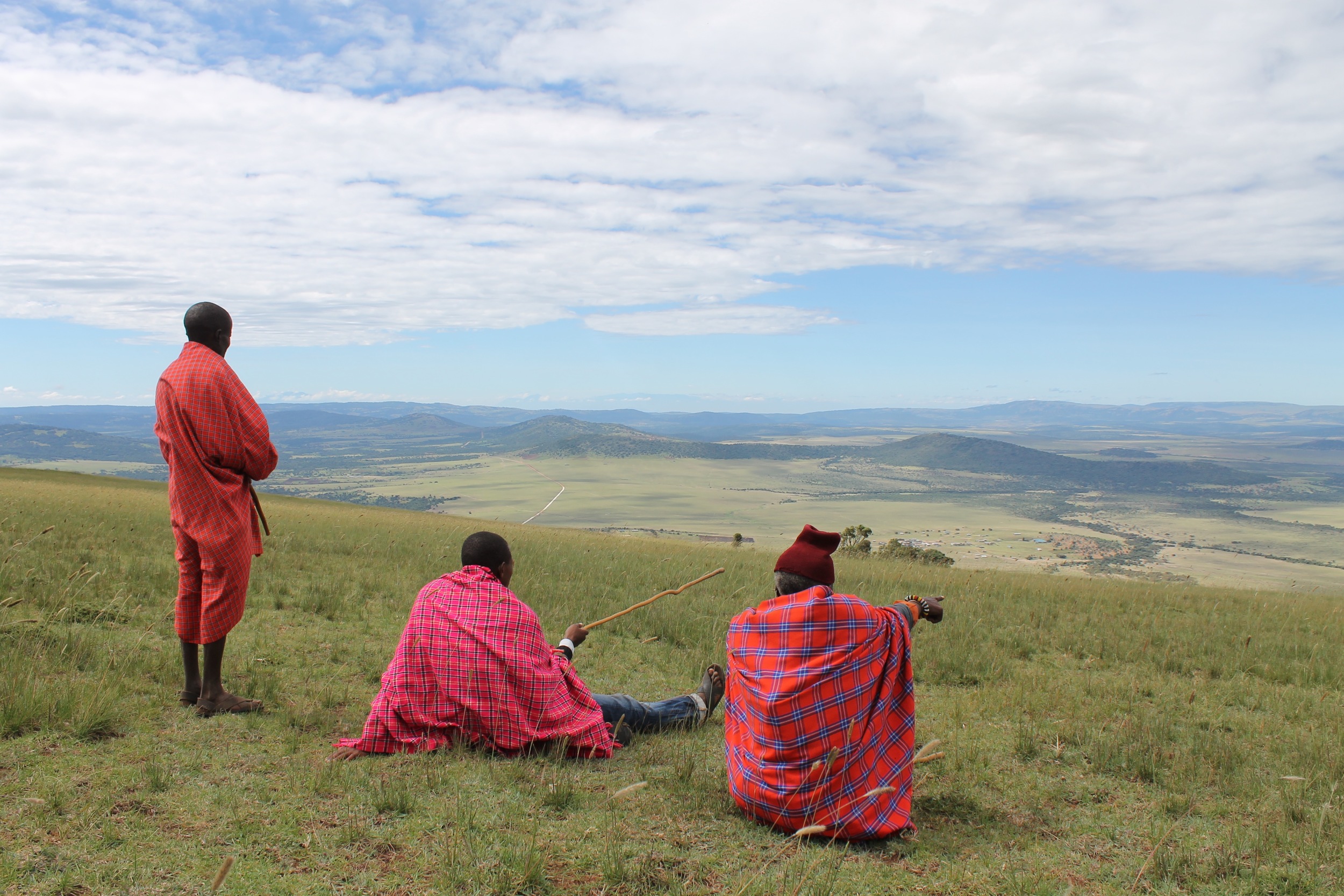
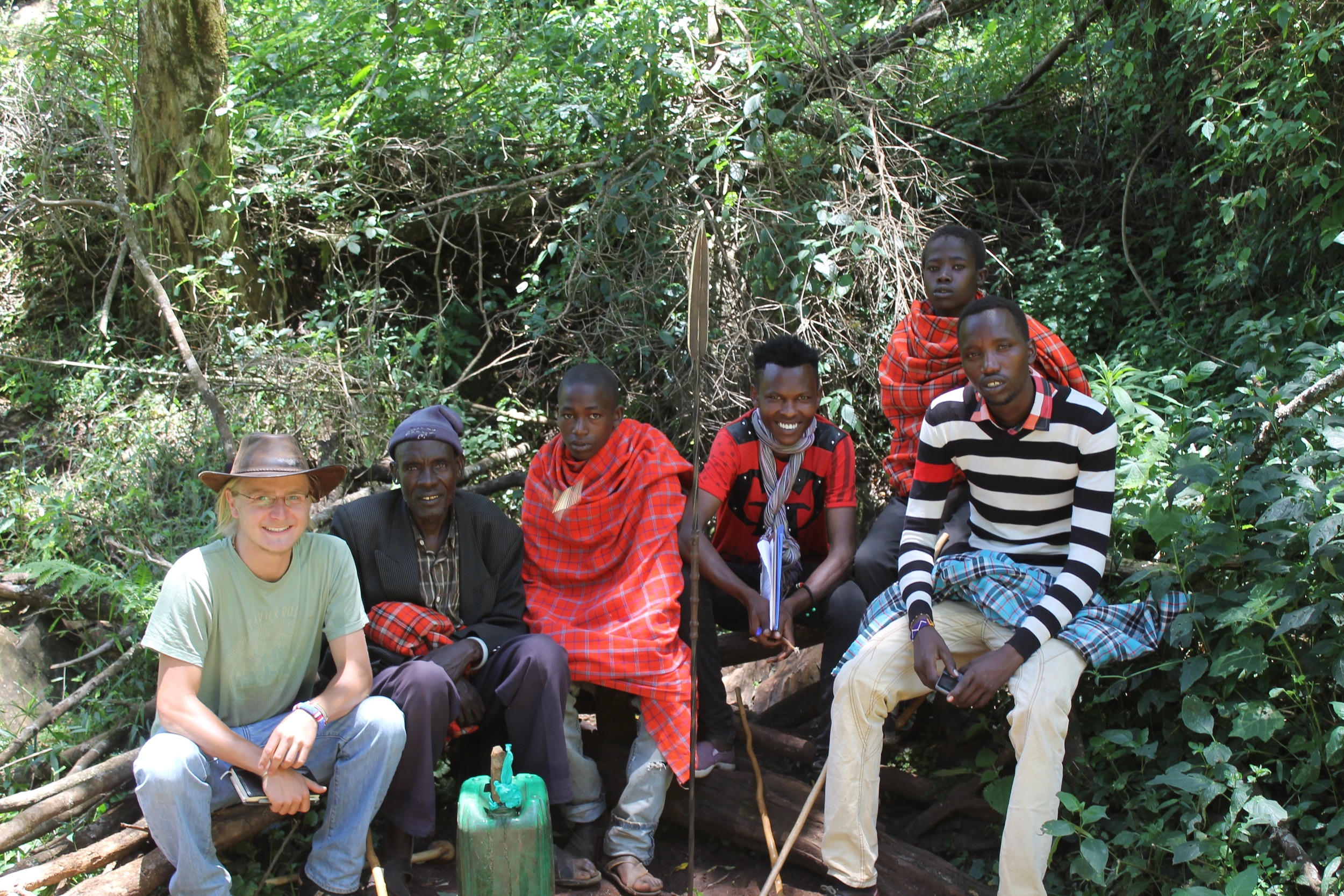

Michael Barton and Chris Harrell narrate their experience as Africa Exchange interns with Orkonyi Welfare Association in the Loita Hills of Kenya . . .
The Maasai’s second most sacred site after Ol'doinyo Lengai, is the Naimina Enkiyio Forest, (Maa for “Forest of the Lost Child”). High in the Loita hills along the Kenya/ Tanzania border, this highland forest is nestled between the harsh soda flats of Magadi and the expansive savanna of the Maasai Mara. Like many of the world’s remaining natural heritage sites, the future of the Naimina Enkiyio forest is filled with many challenges. Anthropogenic influences, both local and global, will determine this forest’s future. The question arises, who and what will benefit over the next decade of this forest’s future and who or what will suffer the losses?
As an outsider who doesn’t know the deep traditions of the Maasai culture, it is hard to grasp the dynamic nature of their reverence for the Naimina Enkiyio. The feeling first comes a long way before one actually enters the forest. Climbing up the escarpment of the Loita hills from the dusty, dry Narosura plains, one can hardly believe there is a highland forest on the seemingly semi- arid hillsides above you. Yet as the road rapidly ascends to a chilly elevation of over two thousand meters, a literal change of atmosphere can be sensed. Leveling off at the top of the first rise, there is a definite change in the fauna, not yet forest but thick Croton and Oleleshwa bush. This is quickly followed by entering a hidden bowl of savanna grasslands, whose low points are easily defined by strips of Acacia woodland, and its high border ridgelines populated by dense forest.
With too much to see, one’s eyes are drawn to the magnificent height of the Podocarpus trees and the girth of the Strangler Figs. Whilst looking up, the flash of red of a Hartlaub’s Turaco, or the racing black and white of the Colobus monkeys show how many layers of ecological niches this forest must contain. It is quickly apparent that the dynamic nature of the forest will be mirrored in the communities who rely on it. With the question of the management of such an important natural resource, dynamic politics is to be expected.
Our work in the forest was coupled with work in the four Puroko Maasai communities living on the forest’s northern boundary. These four communities, the Kirtilikini, Oltarakwai, Osupuko Oirobi, and the Olemegili make up the newly formed community association called Orkonyil. The Association was developed to give the communities a recognized voice to appeal to the Local and National Governments.
Our role here during the early stages of the new Association, was to help the association and communities to map the complex natural resources they have in the forest and pasture lands, but also to recognize the local human resources present within their communities. Our approach to disseminating this information to both the communities and the Association came through the use of GIS, (Geographic Information System), mapping and resources collection methods.
The GIS mapping portion of the project started with the collection of community resources; those accessible to the whole community, ‘the Commons’. These resources included, schools, clinics, traditional meeting points, churches, duka’s, (local general stores), pasture-lands, and water sources.
Throughout the collection process, we were also able to train a handful of the communities’ youth who had recently graduated from secondary school. During the two-month internship we worked with ten youth from the four communities involved in the Association. These ten ‘Resource Assessors’, (RA), were first introduced to the data collection methods and tools by shadowing us. They would watch and ask questions as we hiked through the forest to service the camera trap grid. They were able to see how the GPS could be used to ‘Mark’, ‘Find’, and ‘Save’ tracks to any destination. Coinciding with the camera trap grid survey we also collected sighting data using an android application called ‘CyberTracker’. This allowed us to customize survey questions, that when answered, built up our GIS with relevant information about the forest. The questions asked had to do with the different kinds of sightings we came across in the forest, such as spoor, markings, poaching, animal sightings and the size of the game trails through the forest. This data revealed some interesting patterns of animal movements such as that of elephant and leopard and reinforced the evidence from the camera traps.
In the final project, we worked on developing and training the RAs in how to use another customized CyberTracker app. This new app was loaded with a survey questions that would help to identify the demographic information from the four communities. Questions were developed to collect data under the two categories of Household information and Livestock information. These questions pertained to issues of household health and education and then livestock health and agriculture practice. With the collection of this geospatial-referenced data, the communities through their Orkonyil Association will more easily be able to recognize the issues faced by the greater community and will be better positioned to address these issues.
Peace, Love, Joy.
As the year draws to a close, we find our selves grateful for all that we have been enabled to do in 2015. Communities, partners and staff join together in wishing you all a blessed Christmas and a Happy New Year!
Integrated Child Development Center Project staff at annual conference at Brackenhurst
My Heart Swells
My heart swells with pride today as Kenya welcomes President Obama to preside over the Global Youth Entrepreneurship Summit. It swells because Obama, a statesman I greatly admire, has ignored critics that would have had him stay at home over security concerns; it swells at the realization that Kenya has such amazing potential in its youth; it swells because in spite of the fact that a visit from such a VIP has inconvenienced many, in true Kenyan fashion the honor of hosting him and the good that might come from his visit outweighs the hassle of barricaded roads and the massive presence of security personnel.
But mainly my heart swells because this is the land of my birth and casting cynicism aside even for awhile is a healthy and rewarding experience. How else are we to find hope for the future? How else are we to power through the problems we know exist and find ourselves in the territory of what is possible? How else are old burdens to be laid down and new opportunities taken up? This is what I am learning from my Kenyan colleagues here. Hope springs eternal, even against all odds. Patience bears fruit. One day the underdog wins. The virtue of humility is to be treasured. Laughing at our shortcomings an not giving up is a way of arriving at where we want to be.
Perhaps I am overcome due to the reality that soon I will be leaving this land to follow a call that is elsewhere. Never mind. I am somehow Kenyan. Yes, I know I am an American as well, but this is the land that has nurtured me and formed me and I have given it my best years. My roots are here. They cannot be transplanted. I am a "third thing." And today is my day - the best of Kenya and America unite if only for a moment in time.
Sam Harrell


